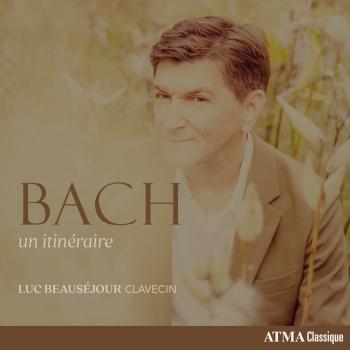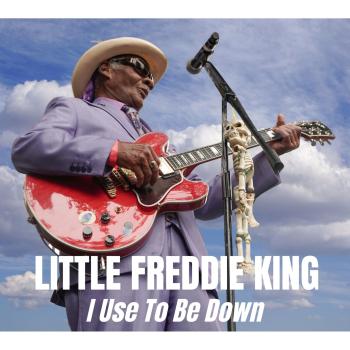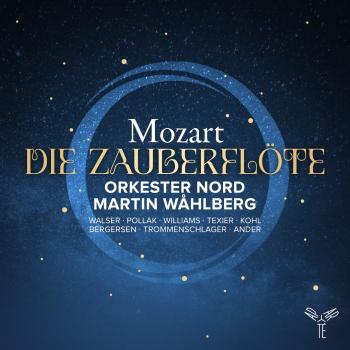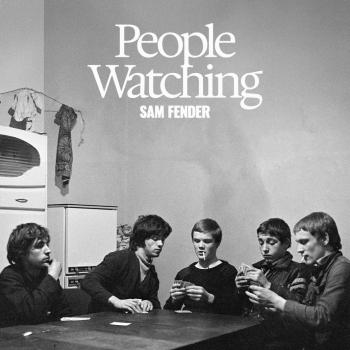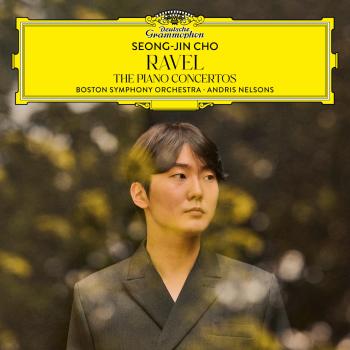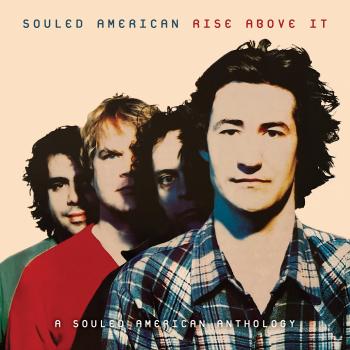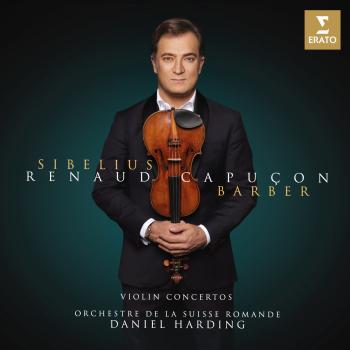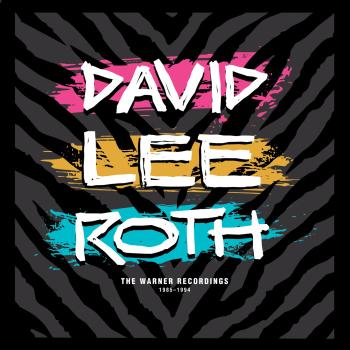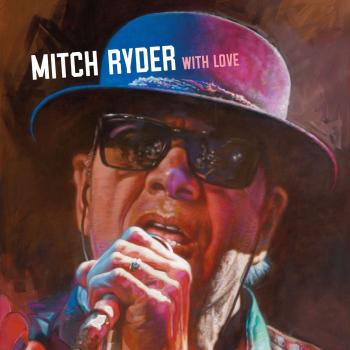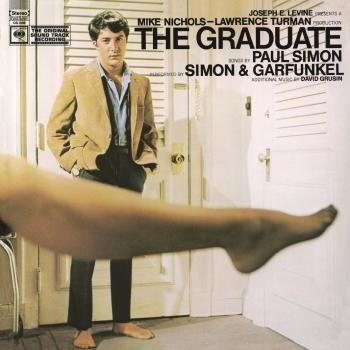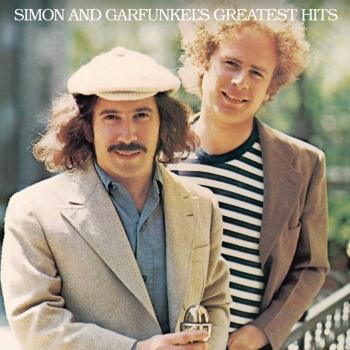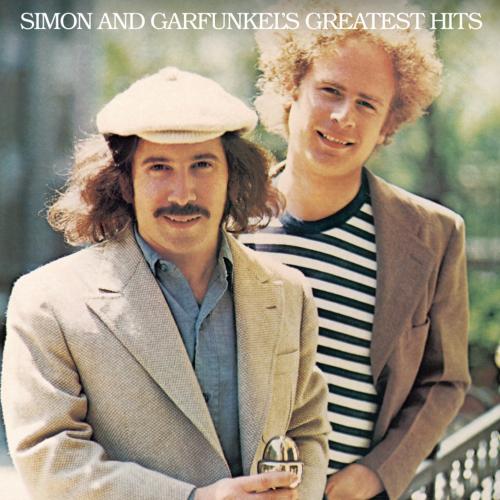
Greatest Hits (Remastered in 192kHz) Simon & Garfunkel
Album info
Album-Release:
1972
HRA-Release:
24.05.2019
Album including Album cover
I`m sorry!
Dear HIGHRESAUDIO Visitor,
due to territorial constraints and also different releases dates in each country you currently can`t purchase this album. We are updating our release dates twice a week. So, please feel free to check from time-to-time, if the album is available for your country.
We suggest, that you bookmark the album and use our Short List function.
Thank you for your understanding and patience.
Yours sincerely, HIGHRESAUDIO
- 1 Mrs. Robinson (Single Mix) 03:51
- 2 For Emily, Whenever I May Find Her (Live in St. Louis, MO - November 1969) 02:37
- 3 The Boxer 05:07
- 4 The 59th Street Bridge Song (Feelin' Groovy) (Live at Carnegie Hall, New York, NY - July 1970) 01:43
- 5 The Sound of Silence 03:02
- 6 I Am a Rock 02:49
- 7 Scarborough Fair / Canticle 03:10
- 8 Homeward Bound (Live at Carnegie Hall, New York, NY - July 1970) 02:42
- 9 Bridge Over Troubled Water 04:53
- 10 America (Single Mix) 03:34
- 11 Kathy's Song (Live in St. Louis, MO - November 1969) 03:21
- 12 El Condor Pasa (If I Could) 03:06
- 13 Bookends (Single Mix) 01:16
- 14 Cecilia (Single Mix) 02:55
Info for Greatest Hits (Remastered in 192kHz)
All of their best-known, best-loved hits, plus choice album cuts and three live performances. A Billboard bestseller when it was first released in 1972, this is still the best single-album Simon and Garfunkel collection available.
Fourteen classic hits from Paul Simon and Art Garfunkel, the unique marriage of the perfect songwriter with the perfect voice. Includes "Bridge Over Troubled Water", "Mrs. Robinson", "The Boxer", "The 59th Street Bridge Song (Feelin' Groovy)", "The Sounds of Silence", "I Am A Rock", "Homeward Bound", "America", "Cecilia" and much more.
"This album has had over three decades to make an impact, and it says something for its staying power that, in the face of more recent, more generously programmed, and better mastered compilations of the duo's work, it remains one of the most popular parts of the Simon & Garfunkel catalog -- which doesn't mean it isn't fraught with frustrations for anyone buying it. Its very existence is something of a fluke -- in the spring of 1972, the five original Simon & Garfunkel albums, Wednesday Morning, 3 AM, Sounds of Silence, Parsley, Sage, Rosemary & Thyme, Bookends and Bridge Over Troubled Water, were still selling almost as well as they had in the 1960s; indeed, Bridge Over Troubled Water had carved out a seemingly permanent place for itself on the charts for years; and between the continued radio play of the duo's biggest hits, and the inevitable discovery of their catalog by successive new waves of junior high and high school students, those five LPs stood among the most profitable parts of the Columbia Records back catalog, rivaling Bob Dylan's much larger library in sheer numbers. Columbia might have gone years longer without compiling the duo's hits, but then, in June of 1972, Paul Simon and Art Garfunkel did something totally unexpected -- in the midst of Simon's still-emerging solo career (and the careful crafting of his identity as a single act), and Garfunkel's re-identification of himself as an actor, the two reunited for one night, to do a benefit performance at New York's Madison Square Garden for the presidential candidacy of Senator George McGovern. (The latter event also took on a life of its own, as the first widely available Simon & Garfunkel concert bootleg, with terrible sound but capturing for posterity what had to be one of the funniest moments of their stage history, when Simon, attempting to suppress his laughter, remarks in connection with requests being called out, that someone "wants to hear "Voices of Old People" from Bookends). The performance was widely publicized, both before and after the event -- McGovern had captured the hearts and imaginations of tens of millions of high school and college students around the United States that spring, and this reviewer can attest to the fact that millions of people who were not at that show felt like they were there in spirit. It was inevitable that Columbia would want to put out a new Simon & Garfunkel release to take advantage of the renewed attention and excitement surrounding the duo, and they probably could have gotten away with a straight greatest-hits collection; but thanks to some inspiration and cooperation between the label and the artists, Greatest Hits went far beyond that. Nine of the tracks on the 14-song LP did, indeed, comprise the duo's biggest hits -- including "Bridge Over Troubled Water," "Mrs. Robinson," and "The Sounds of Silence" -- in their familiar studio versions; but interspersed between them were previously unheard live recordings of "For Emily, Whenever I May Find Her," "The 59th Street Bridge Song (Feelin' Groovy)," "Homeward Bound," and "Kathy's Song," plus an alternate take of "America." At that time, Simon & Garfunkel had never released a live album, and as it happened, at least four of those five were among the most personal songs in the duo's repertory -- songs that millions of fans responded to individually (as opposed to the mass appeal of the pair's hit singles). The fact that they were present as excellent live performances made the appeal of this record irresistible to fans at every level, from the most casual to the most serious and dedicated. It was a sign of just how much they were loved and missed (and, perhaps, needed?) that without anything but that one unrecorded and untelevised benefit show to support its release, the record peaked at number five on the Billboard charts. And a couple of years later, it joined their original five albums as a perennial catalog favorite. And it still holds up -- it touches all the right buttons, providing an overview of the duo's most popular songs, but with those live cuts and the "America" outtake to make it essential in its own right, separate from the overview -- indeed, it manages to present both the duo's broader history, and their most widely appealing music, and their most intimate work, all seamlessly; only some interesting and ambitious singles that either hadn't stood the test of time ("Fakin' It") or were artistic blind alleys ("The Dangling Conversation"), were missing, along with "Punky's Dilemma," a perennial FM radio favorite that lay just below Columbia Records' and the duo's radar. All of that is the good part about this collection, which ought to get an unqualified rave -- the bad part, and the reason that it doesn't get that rave, is the sound quality, which was indifferent on the LP and worse on the CD, with sound that audibly cracks on parts of "The Sounds of Silence" and some of the other early studio cuts; Greatest Hits has begged for a sonic upgrade, and remastering from better sources, for two decades" (Bruce Eder, AMG)
Simon & Garfunkel
Digitally remastered
Simon & Garfunkel
During the early-’60s era of earnest faux-folkiness, Simon & Garfunkel seemed at first to be utterly typical. Like so many other harmony-enthralled youngsters, they’d cut their teeth on the Everly Brothers, they knew the Great Traditional Songbook as well as the next folk group, and they were driven by the same strivings as the rest of their generation – to get into a good college, to please their parents, to be admired by their peers, and to have some fun along the way. As it turned out, though, Simon & Garfunkel were far from your average folkies. Like so many of their peers, these two natives of Forest Hills, Queens, were musical sponges, but they didn’t leave it at that. Remarkably, they’d broken into the Top 50 as 15-year-olds in 1957 with their Everlys knockoff “Hey, Schoolgirl.” Tom & Jerry, as they then called themselves, even lip-synced the song on Bandstand, but nothing more came of that initial foray into the pop mainstream.
A few years later, Simon moonlighted as a songplugger for publisher E.B. Marks, working in some of the tunes he’d been writing on the side as he pitched songs from the Marks catalog to A&R reps at the labels. While Simon claims that he failed to get even one Marks tune covered, he fared better with his own material. After a live audition, Simon & Garfunkel scored a record deal, courtesy of Columbia Records staff producer Tom Wilson, a jazz specialist (Miles Davis). Wilson heard something in Simon’s overtly poetic songs and Garfunkel’s keening tenor. As it turned out, Wilson was right – but acclaim was still a year, and an album, away. As much as anything, S&G’s 1964 debut album,'Wednesday Morning, 3 A.M.' stands as a distillation of the musical path Paul and Artie had traveled, along with so many of their generation: it’s an unselfconscious pastiche of Everlys-schooled vocal/rhythmic interaction, folk-pop staples, esoterica, English lit-inspired metaphors, and poetic imagery, underlaid with a budding social consciousness. While S&G’s selection and treatment of the outside material was largely unremarkable, the five original tunes made it clear that the two youngsters shared an undeniable gift. Particularly striking was “The Sound of Silence” which, even in its spare acoustic form, came across with the force of a revelation. Interestingly, Simon had begun writing the soon-to-be generational anthem in November 1963, the month President Kennedy was assassinated.
In the spring of 1965, the Byrds, five ex-folkies turned rockers, created a new hybrid that was immediately termed “folk-rock” with their hit cover of Bob Dylan’s “Mr. Tambourine Man.” At that point, Tom Wilson had an epiphany. Taking the all-acoustic recording of “The Sound of Silence” from Wednesday Morning, 3 A.M., the producer brought an electric guitarist and a rhythm section into the studio and proceeded to overdub their parts onto the original track. By late ’65, “The Sound of Silence” was the No. 1 single in America, and Simon & Garfunkel were back together, preparing to make an album relevant to, and worthy of, their first hit. In retrospect, one of the most intriguing aspects of Sounds of Silence is how closely connected it feels to the work recorded during the same period by several other future Hall of Famers: the unabashed romanticism of John Sebastian and his Lovin’ Spoonful (“Kathy’s Song”), the incisive character studies of Ray Davies and his Kinks (“Richard Cory,” “A Most Peculiar Man”) and the soaring loveliness of the Byrds (“I Am a Rock”), whose David Crosby was doing the same sort of inspired arrangements for three or four voices that Garfunkel was coming up with for two. Indeed, the world seemed much smaller then, and Simon & Garfunkel’s music was rapidly being absorbed into the new American vernacular.
By the fall of 1966, when Parsley, Sage, Rosemary and Thyme was released, the nation was in the throes of societal and political upheaval, and Simon vividly, if facetiously, encapsulated that turbulent historical moment on the album’s rollicking sociopolitical send-up, “A Simple Desultory Philippic (Or How I Was Robert McNamara’d Into Submission).” Through the course of the song, Simon name-checked a tumbling litany of names in the headlines, from Martin Luther King Jr. and Gen. Maxwell Taylor to the Beatles and Lenny Bruce, while slipping in a wry reference to the mellowing-out benefits to be derived from a “pint of tea a day” – the kind of tea that was being smoked by ever-increasing numbers of America’s youth. But just as redolent of the times as its subject matter were the sounds of Parsley, Sage, Rosemary and Thyme, from the baroque acoustic guitar figure and celestial Garfunkel vocal that introduced “Scarborough Fair/Canticle,” which opened the album, to their a cappella reading of “Silent Night,” which closed it. If you were a discerning adolescent or young adult in 1966, you not only owned this album, you wore it out – every word, note, and nuance became permanently lodged in your cranium, as listening to it again will readily demonstrate to any War Baby or Boomer with remaining brain cells.
By 1966, S&G had become their generation’s urbane receptacles of hipness and harsh reality alike, assimilating and then embroidering the zeitgeist of a rich and manic era. At the same time, these two artists, as much as any of their peers, held firmly to the unchanging artistic fundaments of precision, clarity, and beauty. Thus, Parsley, Sage contains some songs that cling stubbornly to their moments in time, and others that are simply timeless. Unquestionably, in their exquisitely nuanced arrangement/adaptation of the traditional “Scarborough Fair” (which Simon had learned on a sabbatical to England), along with the Simon-penned “Cloudy,” “Homeward Bound,” “The Dangling Conversation,” and “For Emily, Whenever I May Find Her,” the duo made some of the loveliest recordings of that or any era. That they accomplished all this with their voices, an acoustic guitar, and the sparest of rhythmic underpinning and melodic ornamentation, remains a remarkable achievement.
For more visit: www.simonandgarfunkel.com
This album contains no booklet.

